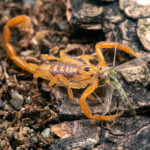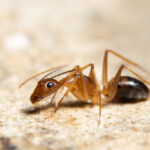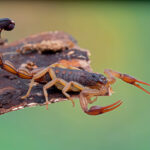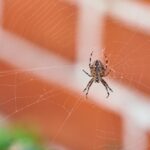Aside from creating unsanitary conditions, bugs are very annoying — from the itchy bites of mosquitos to the buzz of flies. Moreover, some insects, such as cockroaches, ticks, and mosquitoes may carry diseases that can spread to humans or pets. That’s why it is highly important to keep your home bug-free.
Seal Your Doors
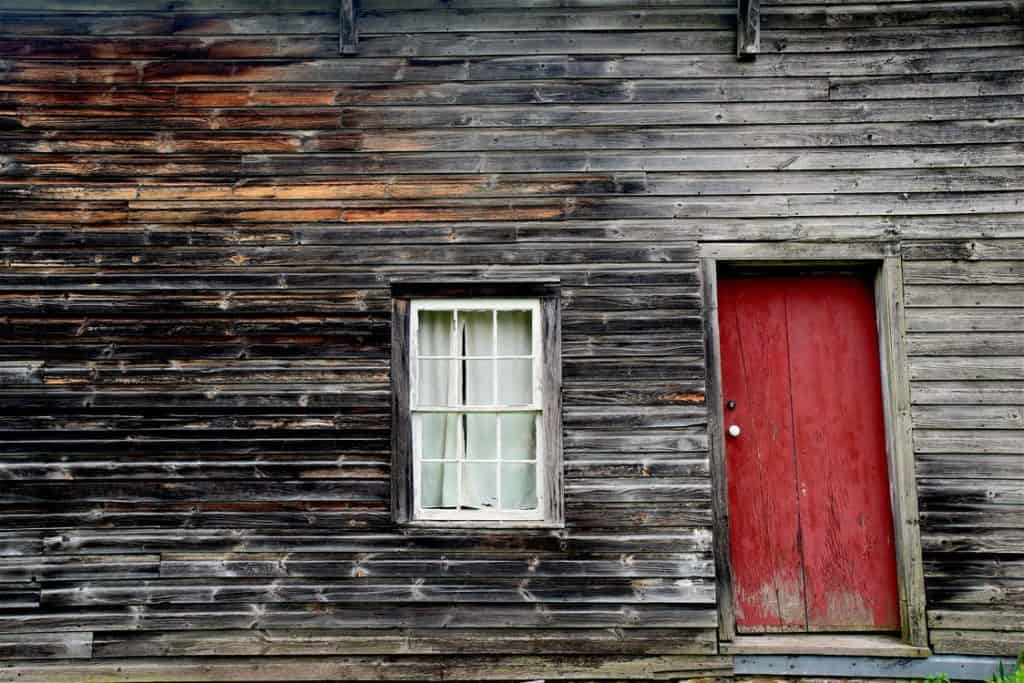
The best way to prevent pest problems is to keep these small invaders from getting indoors. Check for trouble spots that connect the great outdoors to your house. Pipes, vents, chimneys, windows, and doors are some of the places pests can sneak through.
To seal your doors, you can:
- Install an unyielding aluminum or steel doorstep to prevent pests from entering under the door
- Add a door sweep to help cover the space between the door bottom and threshold (try to use nylon brush door sweeps rather than neoprene or vinyl)
- Add door-seal kits or weatherstripping to the frame perimeter to keep bugs from invading from the top and along the sides of the doors
- Apply clear caulk when sealing the door joints (areas where the door frame meets the ground and the wall)
Seal Areas Around Pipes and Vents
Once you’ve sealed all your doors, you will want to deal with places around pipes and vents as well. Most homeowners cope with the utility installation sooner or later. Be it for a cable line, phone wiring, or internet service, the lines must go through the walls somehow. Therefore, it’s necessary to drill the holes in exterior walls.
Perhaps the installer has added caulk or sealants around those lines from the inside. But what happens with the lines on the exterior of your home? Chances are good there are a lot of pipe or utility through-wall penetrations. They are often surrounded by gaps that invite pests to get in. The most common kinds of penetrations in the walls are those created for air-conditioning, gas, water, and electrical piping. Take the time to inspect the entire home and detect these openings, if any. The smaller opening can be easily filled out with caulk or pipe sealants. On the other hand, larger gaps, such as roof vents, can be addressed with expandable polyurethane foam.
You can also add steel wool or copper mesh behind the aforesaid foam to deter bugs from boring. Fine wire mesh (also known as hardware cloth) works well for large openings.
Repair Cracks and Gaps
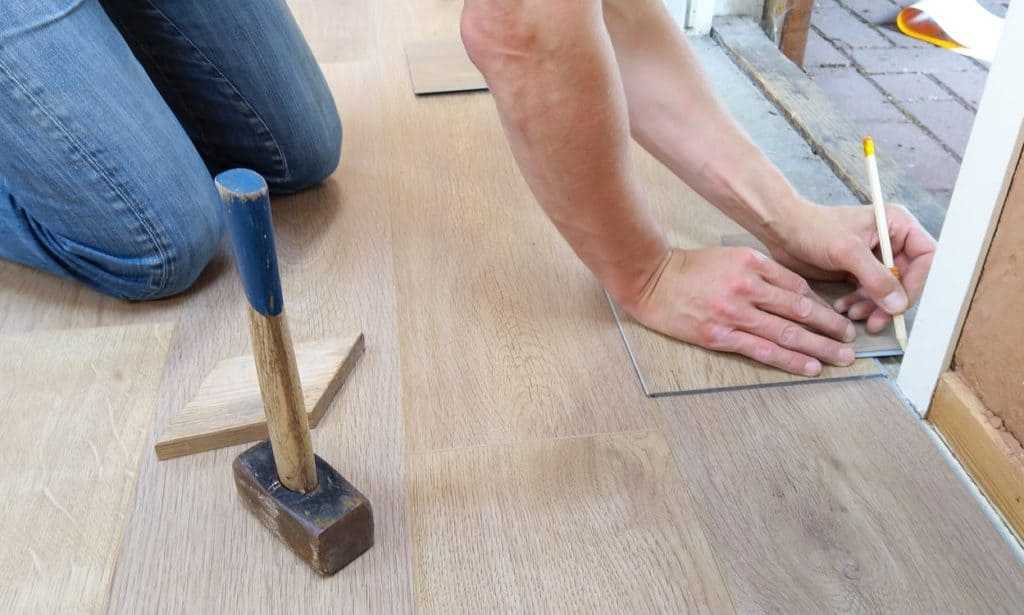
Repair any possible entrance to keep unwanted pests out. Once you start examining entranceways, you will be surprised at how many unsealed gaps and cracks exist out there. All of them make easy entrance paths for insects. Anything from loose weather stripping to torn window screens should be repaired. That said, you need to inspect the exterior of your house for gaps and crevices. These are some things you should pay careful attention to:
- Foundation cracks
- Missing roof shingles
- Loose siding
- Gaps and cracks around utility lines like cable wiring
Keep Your House Clean and Tidy
Cleanliness is the key to keeping unwanted pests away. A clean home reduces the likelihood of infestations as pests are less likely to breed and live in such an environment. Remember that cluttered homes are breeding grounds for pests. In fact, they typically gravitate towards clutter and mess.
That’s why you should strive to keep your house clean. Vacuum on a regular basis – once a week or so. Make sure there are no crumbs in your kitchen. The smell of paper attracts cockroaches, so remove any clutter from your home. Stacks of boxes, bags, or magazines make an ideal environment for bugs to congregate.
It is also important to keep foundations clear and tidy. That is because home foundations represent the main entry places for pests. Bugs like fleas, termites, and ants breed and thrive in wet areas. In addition to moisture, you should also keep piles of mulch, leaves, grass, or wood away from your foundations.
Store and Handle Trash & Litter Properly
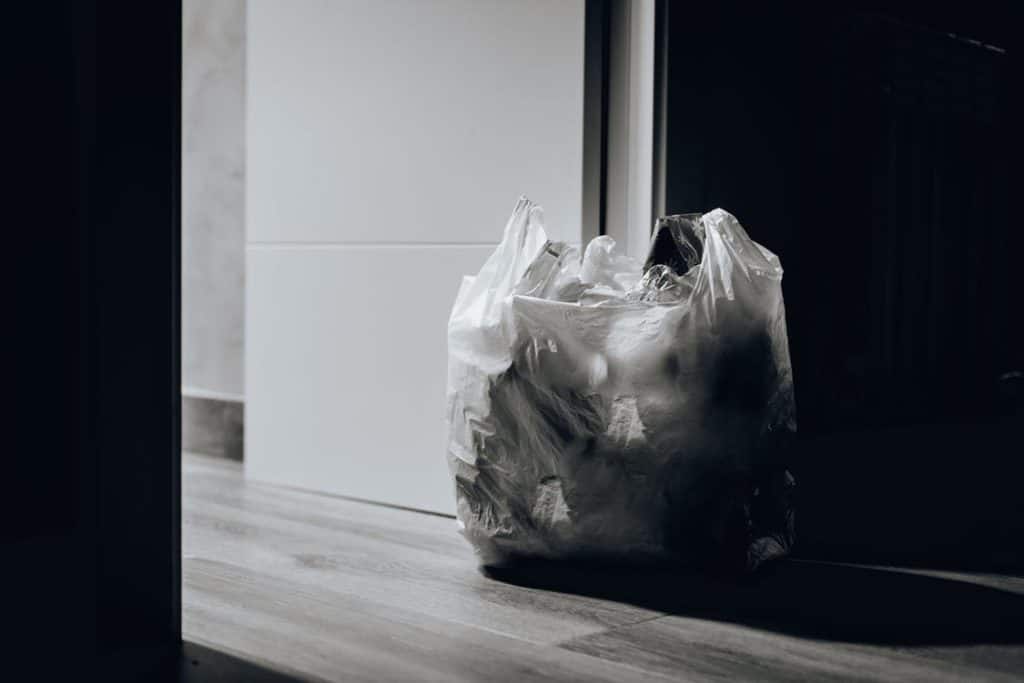
Keep your deck, patio, garage, and yard free of litter and weeds. Clean these areas regularly to avoid spills and debris and to prevent bugs from feeding and feasting.
Pay particular attention to your trash cans as they are gourmet smorgasbords to pests. Make sure they are properly covered and use bins with tight-fitting lids. Regarding exterior cans, it is preferable to choose ones with self-closing lids to keep bugs out.
Proper handling and storage play a critical role in preventing pests from thriving in your trash. You are advised to empty your trash cans every night. Clean and sanitize regularly all the exterior and interior recycling bins as well as trash receptacles. For recyclables, it is advisable to store them outside and away from your house.
Do you keep compost bins in your backyard? Make sure your compost bins are lined with hardware cloth and covered with a secure lid. Composted materials should be removed every 3 months.
Experienced Pest Control Services in Las Vegas
If you have tried all of these methods and nothing helps, your best choice is to call a pest control service. The most serious pest problems can only be solved by a professional, especially when bugs reproduce in tremendous numbers. Then, it is almost impossible to stop the infestation and get rid of them. Don’t hesitate to call in the big guns and eliminate pests in Las Vegas for good with Las Vegas Pest.

